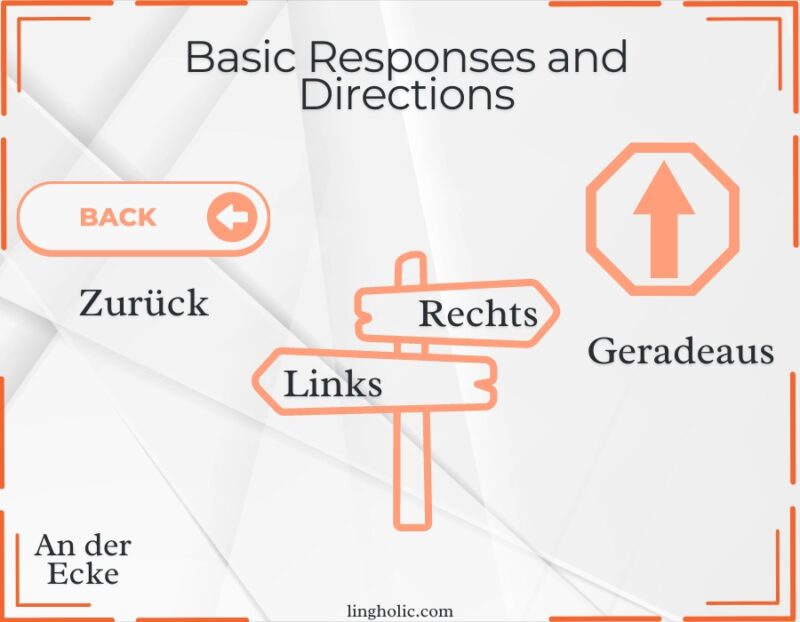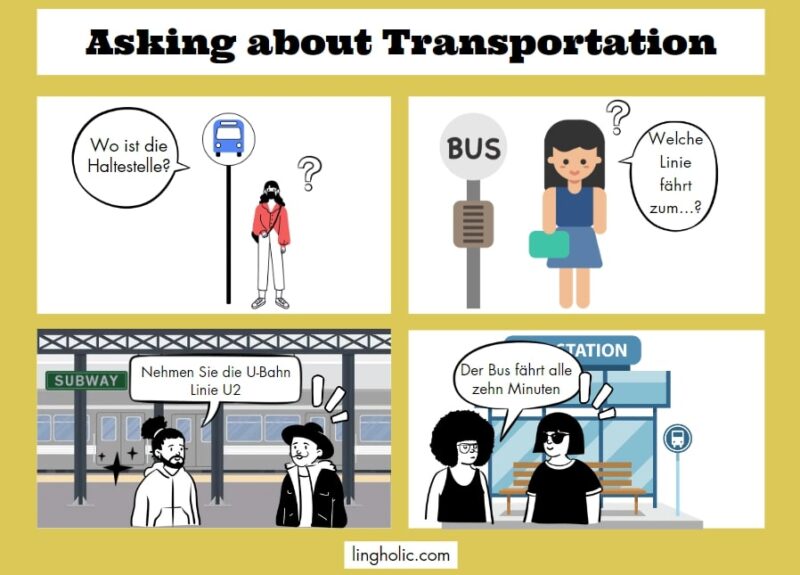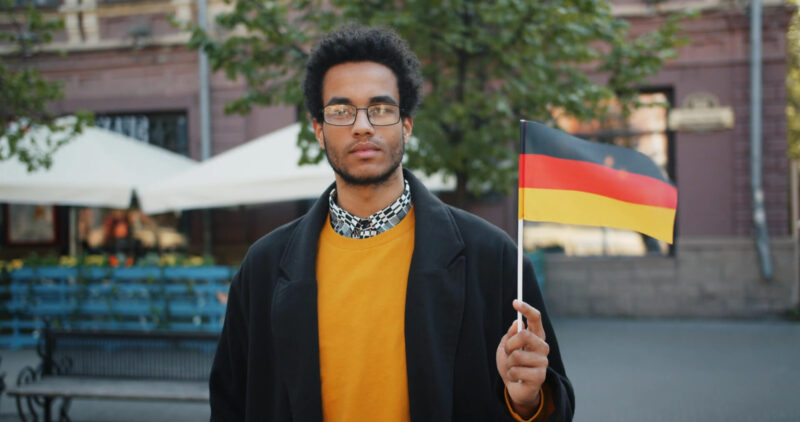Exploring an unfamiliar city can feel both thrilling and nerve-wracking, especially when navigating an unknown language. However, equipping yourself with some handy phrases goes a long way towards smoothing the experience.
For those visiting German-speaking communities, learning basic directions and vocabulary removes a barrier and makes every new corner feel a bit more welcoming.
Key Phrases to Ask for Directions in German
- “Wo finde ich…?” – “Where can I find…?” Use this phrase when you need to locate a specific place, such as a landmark or store.
- “Wie komme ich zu…?” – “How do I get to…?” This is useful when you’re trying to find your way to a particular location.
- “Können Sie mir sagen, wo… ist?” – “Can you tell me where… is?” A polite way to ask for directions that shows respect for the person you’re asking.
Basic Responses and Directions

- “Links” – “Left”
- “Rechts” – “Right”
- “Geradeaus” – “Straight ahead”
- “Zurück” – “Back”
- “An der Ecke” – “At the corner”
Complex Directions
- “Nehmen Sie die zweite Straße rechts.” – “Take the second street on the right.”
- “Biegen Sie links ab, wenn Sie die Kirche sehen.” – “Turn left when you see the church.”
Asking about Transportation

- “Welche Linie fährt zum…?” – “Which line goes to…?” Use this when you’re trying to determine the correct bus or train line.
- “Wo ist die Haltestelle?” – “Where is the bus/train stop?” Essential for catching the right mode of transport.
And the response can be something like this:
- “Nehmen Sie die U-Bahn Linie U2.” – “Take subway line U2.”
- “Der Bus fährt alle zehn Minuten.” – “The bus runs every ten minutes.” These details help you navigate the timing and frequency of local transport.
Asking About Distance
- “Ist es weit von hier?” – “Is it far from here?” This question helps you understand if a location is within walking distance or requires transportation.
- “Wie weit ist es ungefähr?” – “About how far is it?” Use this to gauge the distance you will need to travel.
Additional Tips
- Always start with a polite greeting like “Entschuldigen Sie” (Excuse me), especially when addressing someone you don’t know.
- Germans appreciate directness and clarity, so be concise in your questions.
- Thanking the person for their help, using phrases like “Vielen Dank!” (Thank you very much!), leaves a good impression, and is considered polite.
Last Words
Germans value efficiency and privacy, so keep requests brief. Make eye contact, introduce yourself clearly if possible, and be polite – a simple “Entschuldigung” or “Verzeihung” goes a long way.
I’m John Guerrero, with a background in German (Major) and Greek (Minor), leveraging over nine years of translation experience. My academic and professional journey has earned me deep linguistic insights and cultural nuances. I’m very passionate about bridging languages, and always look to deliver content that inspires and informs.

